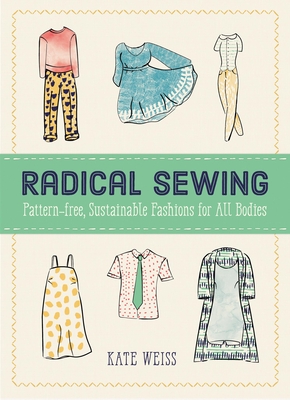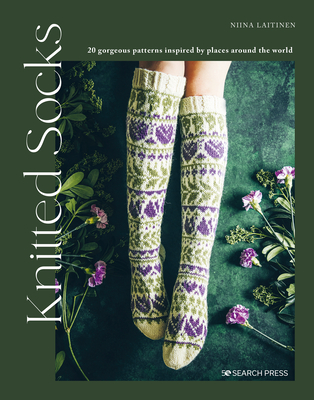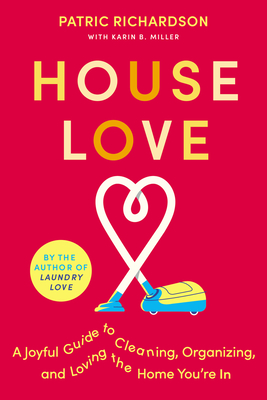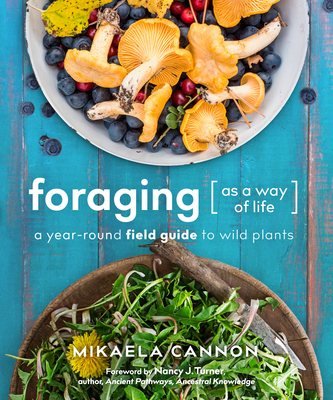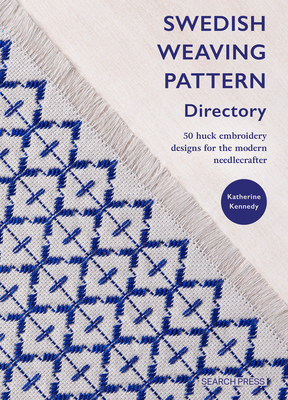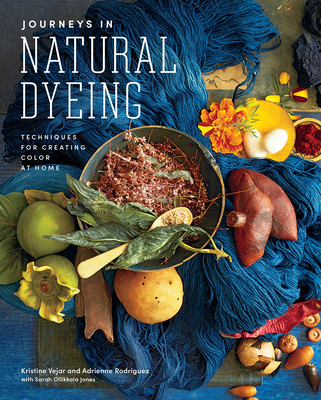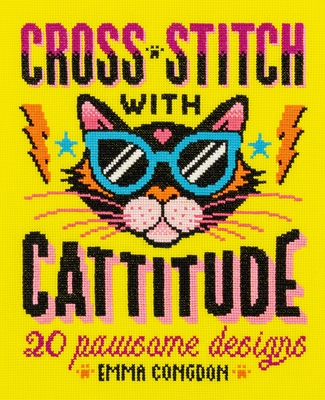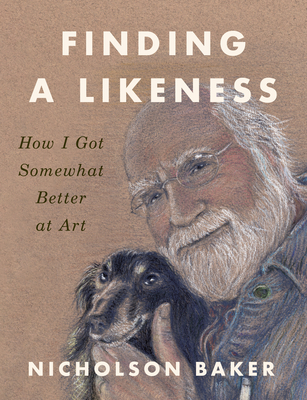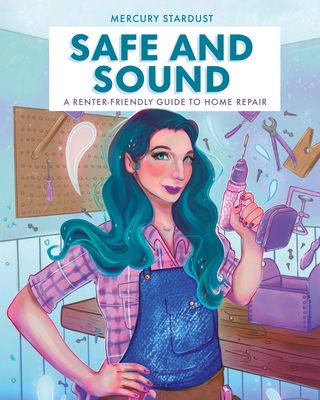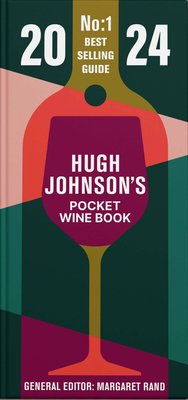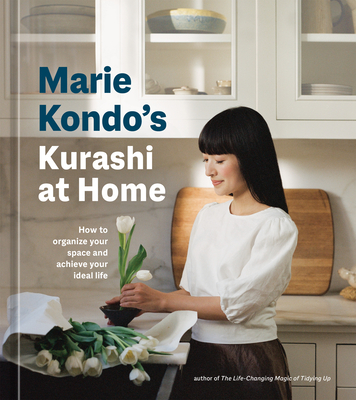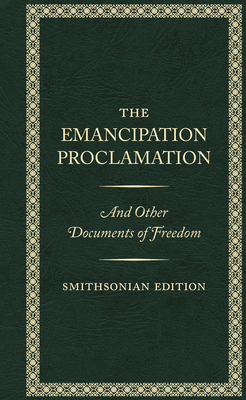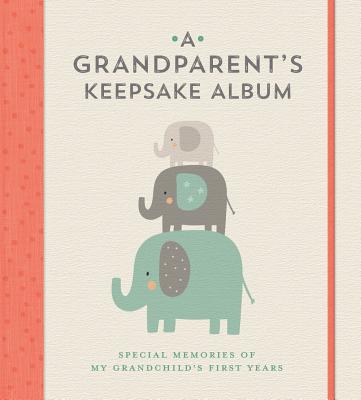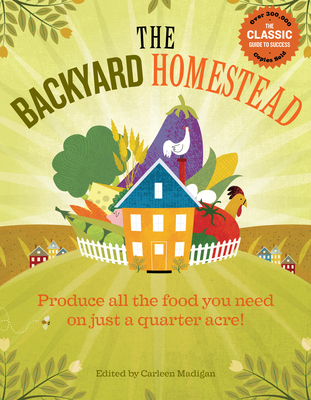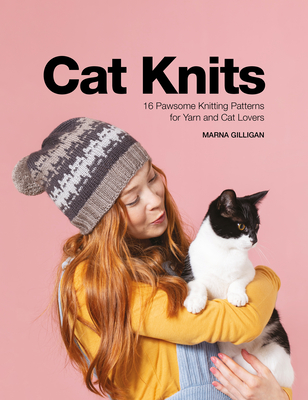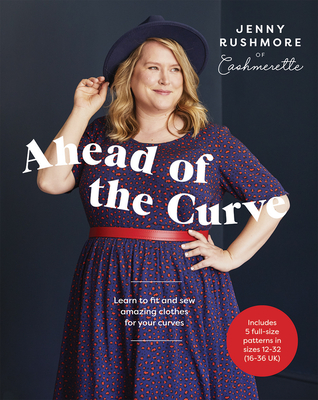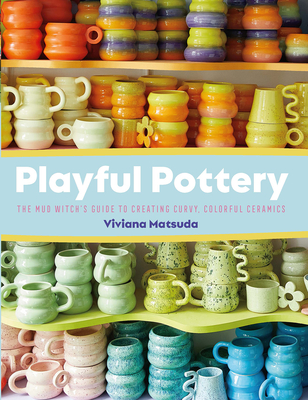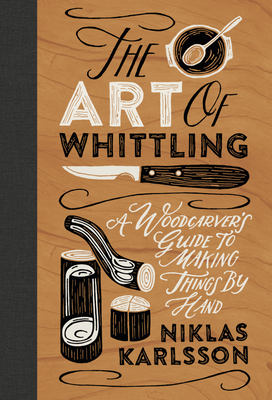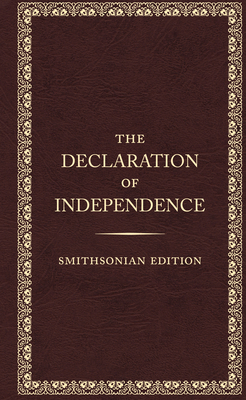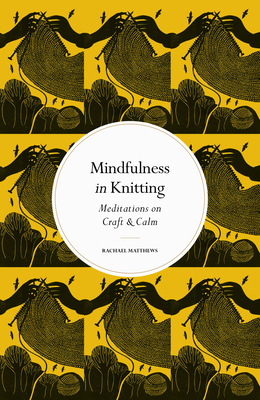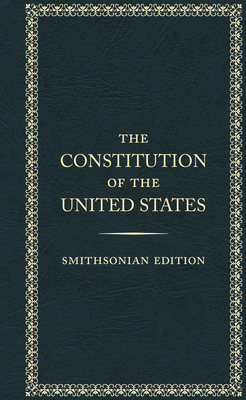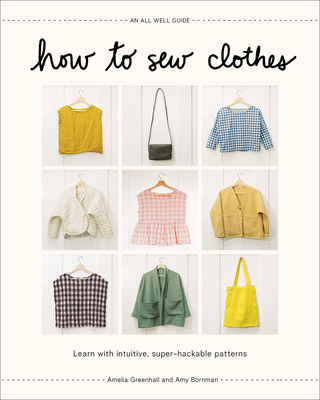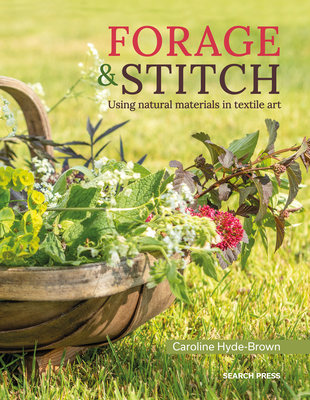
Forage & Stitch: Using natural materials in textile art
Description
Techniques and projects for textiles that celebrate and use natural everyday objects.
Step outside with Caroline Hyde-Brown and learn how to find natural materials to great beautiful fiber art.
Suitable for all levels and abilities, find a wealth of instruction and inspiration on how to incorporate naturally foraged materials such as leaves, grasses, lichen and dried flowers into your artwork.
- Discover a range of textile techniques, to support and complement your natural materials design - hand and machine stitching, solar dyeing, felting, hapa-zome and more.
- Caroline has carefully created a small project, based on her own artworks, after each newly introduced method, so you can put your new skills into practice.
Throughout, Caroline stresses the importance of taking your time with each method and working organically, letting your foraged goods guide your design. This is an approach that not only encourages an intuitive creative process, but develops a more mindful, positive experience for the artist too.
Interwoven with practical guidance and projects are Caroline's stunning gallery of works, offering inspirational examples of how to take your work farther, and simultaneously demonstrating nature's abundance and its variety.
Praise for Forage & Stitch: Using natural materials in textile art
Where Women Create - December 2023
CAROLINE HYDE-BROWN is a Norfolk, England-based textile artist who specialises in contemporary machine embroidery using foraged plant materials. Her work combines a modern aesthetic with the craftsmanship and quality of traditional technique. Within her processes, she strives to maintain a strong sense of global responsibility, simplicity and collaboration. Her new book, Forage & Stitch, teaches readers how to incorporate foraged materials into their textile creations.
Full article and essay about Caroline Hyde Brown. Sample project included.
LIBRARY JOURNAL
Fiber artist Hyde-Brown’s heavily illustrated book focuses on nature-inspired, nature-sourced textile projects. Her instructions and creative practice are based upon collecting and using local plants and sustainable fabrics. She begins her book with an overview of the importance of interacting with nature and responding to yearly rhythms. She then takes readers through the most frequently used supplies and tools that are necessary to complete the book’s featured projects. Each design is built around one or more specific techniques, such as natural dyeing, hand embroidery, free machine sewing, or fabric printing. The directions are clearly outlined in text and photography, but the final project leaves plenty of room for one’s own creativity and personalization. For example, instructions for a multi-technique project direct readers to make a photo transfer with trees, but the specific arrangement and composition is left to individual artists to customize. A final section on presentation and framing offers guidance on how to finish projects in order to share and display them.
VERDICT An excellent addition to craft and DIY collections. For readers who would like to expand their knowledge of making textile art with foraged materials and a variety of techniques.

